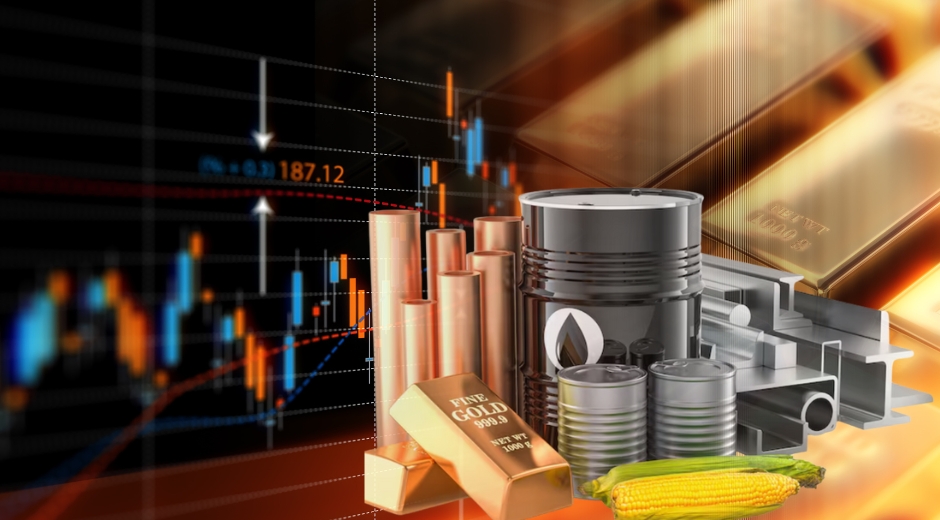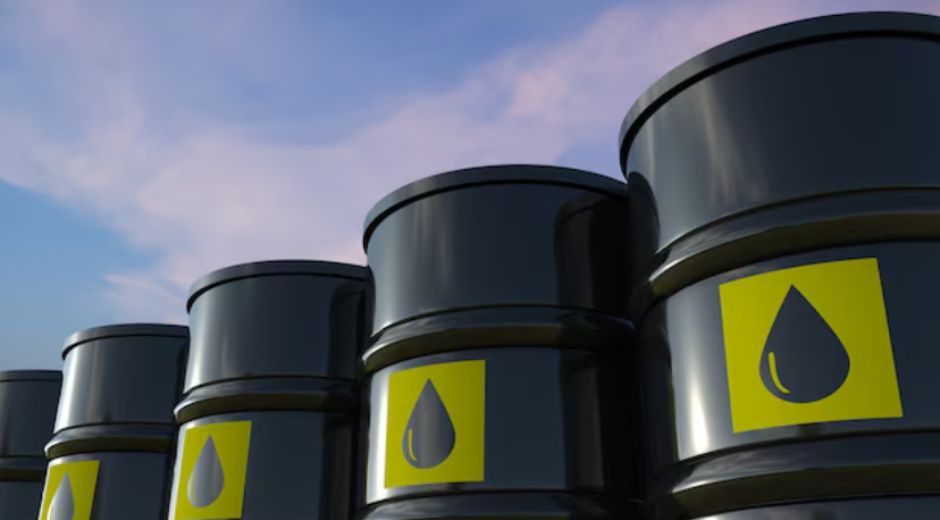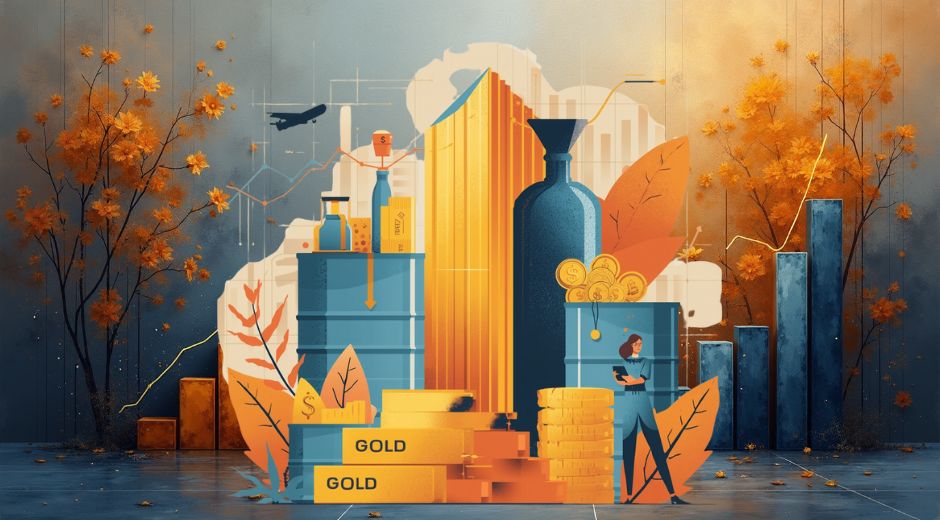Natural Gas in 2025: Balancing Energy Demand and Sustainability
As the world strives to decarbonize without sacrificing stability, Natural Gas has become the bridge fuel of modern energy. In 2025, it occupies a critical position between the past reliance on coal and oil and the future vision powered by renewables. With volatile markets and growing climate ambitions, Natural Gas stands at the crossroads of economic necessity and environmental responsibility.
The Global Importance of Natural Gas
Natural Gas remains one of the world’s most consumed energy sources, supplying power to homes, industries, and transportation networks. It burns cleaner than coal or oil, making it an attractive option for countries seeking to reduce emissions while maintaining energy reliability.
According to IEA, Natural Gas accounts for nearly a quarter of global energy consumption, with steady demand expected through the decade. Nations such as the United States, Qatar, and Australia are expanding production, while Europe and Asia intensify import strategies to secure supplies.
Natural Gas as a Transitional Energy Source
The push toward renewable energy is undeniable, yet solar and wind power still struggle with intermittency. Natural Gas provides the flexibility to fill that gap, ensuring consistent power generation during peak demand or when renewable output dips.
In many regions, gas-fired power plants remain essential for grid stability, offering quick ramp-up capabilities unmatched by most renewable systems. This transitional role allows nations to progress toward net-zero goals without risking blackouts or industrial slowdowns.
Market Dynamics in 2025
The Natural Gas market in 2025 is defined by a mix of optimism and caution. Global demand is recovering after years of volatility, while infrastructure projects—from pipelines to liquefied natural gas (LNG) terminals—are reshaping trade patterns.
Asian markets, particularly China, India, and Japan, continue to drive LNG imports, while Europe diversifies supply chains to reduce dependency on single exporters. Prices remain sensitive to geopolitical events and seasonal shifts, but long-term contracts are helping stabilize international flows.
At FinanceWorldHub, our commodity analysts track price trends and supply chain developments, offering insights into how Natural Gas impacts global markets. Visit FinanceWorldHub for updated forecasts, investment data, and energy outlook reports.
The Rise of LNG and Infrastructure Expansion
Liquefied Natural Gas has transformed how the world trades energy. By cooling gas into a liquid form, it can be shipped efficiently across oceans, connecting producers with distant consumers.
In 2025, LNG trade volumes have reached record highs, supported by investments in floating terminals, regasification units, and digital monitoring systems. These innovations make LNG more accessible and sustainable by minimizing leaks and improving efficiency.
Producers are also integrating renewable energy sources into LNG facilities, reducing emissions and enhancing environmental performance. This shift aligns with global goals to make Natural Gas cleaner without compromising its economic importance.
Environmental Challenges and Climate Goals
Despite being cleaner than coal, Natural Gas still emits carbon dioxide and methane during production and transport. Environmental groups continue to push for stricter monitoring and leak prevention across the supply chain.
The solution lies in responsible production, carbon capture technologies, and better regulatory frameworks. Several producers are experimenting with carbon-neutral LNG shipments and certified low-emission gas, setting new standards for sustainability.
You can find comparative data on low-emission energy projects Fixolix, allowing daily updates for reviewing eco-friendly market leaders.
Investment Outlook: Opportunities and Risks
For investors, Natural Gas offers both opportunities and cautionary signals. On one hand, it benefits from strong demand in power generation, manufacturing, and residential heating. On the other, the global energy transition and climate policies could limit long-term growth.
Many portfolio managers now treat Natural Gas as a strategic bridge investment—essential for diversification but requiring close attention to environmental trends and policy developments. ETFs and futures tied to LNG exporters are among the most actively traded commodities in 2025.
The balance between profitability and sustainability defines the sector’s investment logic today.
Technological Innovation and Efficiency Gains
The next generation of gas infrastructure is smarter, cleaner, and more efficient. Advanced monitoring systems detect leaks in real time, while AI-powered analytics optimize transportation routes and demand forecasting.
Digital twins—virtual replicas of pipelines and terminals—allow operators to predict failures and reduce maintenance costs. These technological upgrades are positioning Natural Gas companies as leaders in industrial modernization.
Regional Focus: The Shifting Energy Map
-
United States: A top producer with booming LNG exports, focusing on carbon-capture investments.
-
Europe: Diversifying supply to secure energy independence while expanding renewable backup systems.
-
Asia: Increasing consumption amid urban growth and industrialization, driving infrastructure demand.
-
Middle East: Strengthening global dominance with massive LNG capacity expansions.
These shifts reflect a multipolar energy market where regional cooperation and trade diplomacy matter as much as production capacity.
Balancing Economics with Sustainability
The long-term success of Natural Gas depends on its ability to coexist with renewables. Hybrid energy systems combining solar, wind, and gas are proving efficient and reliable.
Governments are offering incentives for gas plants that use carbon-capture systems, rewarding innovation that reduces emissions. The ultimate goal is not to abandon Natural Gas but to make it a cleaner, smarter contributor to the world’s energy mix.
The Path Forward
Natural Gas has survived decades of market transitions because it adapts. In 2025, it continues to serve as both a foundation of industrial progress and a driver of sustainability transformation.
As nations pursue balanced energy policies, Natural Gas remains vital for global stability, economic resilience, and responsible innovation. Investors, policymakers, and consumers alike recognize that the world’s transition must be both ambitious and realistic—and Natural Gas is the bridge that makes it possible.
Conclusion: A Balanced Energy Future
The story of Natural Gas in 2025 is one of balance—between growth and responsibility, progress and preservation. It reflects humanity’s ongoing effort to power the world without compromising the planet.
Whether viewed through the lens of economics, technology, or environmental stewardship, Natural Gas stands as proof that transition is not about replacement, but evolution. The next decade will decide how well that evolution unfolds—and how effectively we balance energy demand with sustainability.
Education Made Simple

Blue Chip Stocks in 2025: Resilience, Reliability, and Real Growth
Blue Chip Stocks in 2025 remain pillars of market stability and growth, offering investors security, dividends, and consistent long-term value.

Index Funds in 2025: The Timeless Strategy Thriving in a New Financial Era
Index Funds in 2025 remain a cornerstone of smart investing, balancing simplicity, diversification, and steady returns in a volatile market environment.

Natural Gas in 2025: Balancing Energy Demand and Sustainability
Natural Gas in 2025 plays a pivotal role in global energy transition, balancing affordability, sustainability, and reliability amid evolving markets.

Tokenization in 2025: Redefining Ownership in the Digital Economy
Tokenization in 2025 transforms how assets are owned, traded, and valued, bringing transparency and liquidity to global financial systems.

Earnings Season 2025: What Investors Should Watch for in a Shifting Market
Earnings Season 2025 reveals how corporate results are shaping market confidence, guiding investors through volatility and economic transition worldwide.












